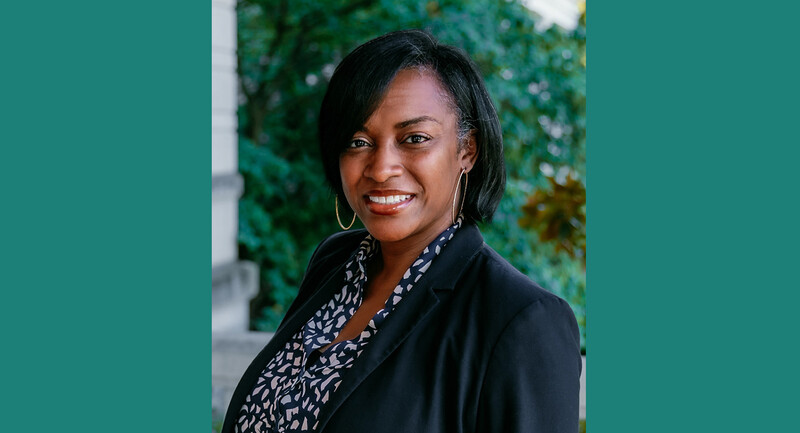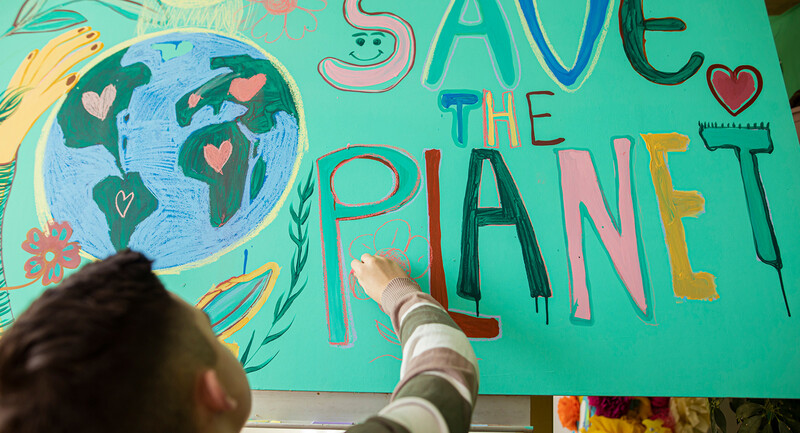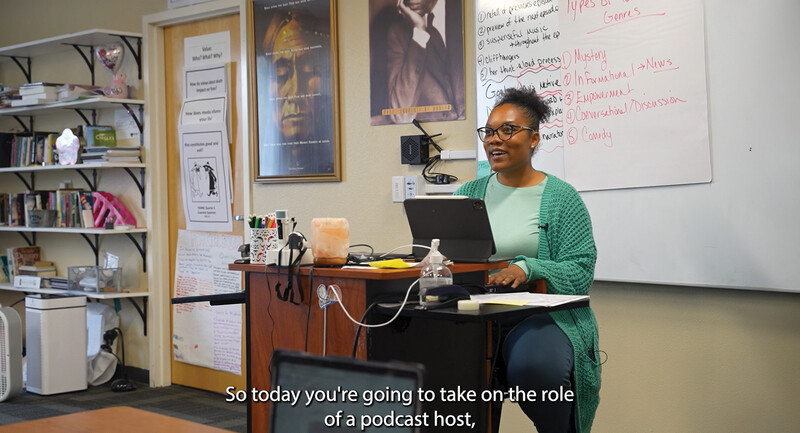When I was in elementary school in the 1980s, I remember reading series like The Berenstain Bears. One of my favorite titles was Berenstain Bears and the Messy Room, which inspired an early journey into Marie Kondo-style organization. Like nearly all children's series at the time, the main characters were part of a conventional nuclear family—Brother and Sister Bear and Mama and Papa Bear. It wasn't until much later, when my wife and I became parents to twin boys, that I understood something was missing. Families like ours simply didn't exist in the pages of most books.
Only within the past decade or so has a new wave of children's books pushed its way into the market, representing the vast and rich experiences of diverse families. As a new parent, I bought every one I could get my hands on—from Todd Parr's The Family Book to And Tango Makes Three to Mommy, Mama, and Me. These books reflected my family and my children's experiences growing up in a two-mom household. I wanted my boys to see themselves and their family in the books we read aloud. While many of these titles didn't line the shelves of their school or classroom libraries, I hoped one day they would.
Now as 2nd graders, my boys have moved on to graphic novels like Diary of a Wimpy Kid and Captain Underpants. This time, they're noticing something is missing. Unfortunately, this experience of invisibility is not uncommon. Many students struggle to see themselves reflected in the books they read.
This is especially true for black youth, as Kim Parker writes. Data from the Cooperative Children's Book Center (2019) show that even today, most children's books published still feature white characters. To overcome this, educators must move "beyond Black History Month or the additive 'multicultural texts.'" Students, Parker says, need "consistent, ongoing exposure to a range of stories that affirm who they are, that extend their possibilities, and that open up to them [new] worlds." Mary Ehrenworth, senior director of the Teachers College Reading and Writing Project, agrees. "When we limit the types of books we offer children, the curriculum can be identity-silencing," she explains. Ehrenworth calls on educators to curate culturally affirming classroom libraries that take into context diverse "authorship, representation, and story lines." When students are chronically beholden to single teacher-chosen texts, they're less likely to see reading as relevant to their lives. But, of course, before students can immerse themselves in texts that resonate, they must first be able to read proficiently. With that in mind, this issue delves into recent discussions on early reading instruction and their implications for schools. In the opening piece, for example, Benjamin Riley outlines the principle research findings on how children learn to read and discusses how education leaders can integrate them into instruction without igniting a new round of "Reading Wars". Other authors offer compelling visions for improving reading instruction in schools, with ideas ranging from paring down standards (Schmoker) and implementing more cohesive curricula (Ogden) to increasing the centrality of texts in schools (Gabriel) and cultivating slow reading (Wessel-Powell, Buchholz, Rust, Husbye and Zanden). While this issue highlights the urgency around the science of reading, it also follows the spirit of researcher Daniel Willingham's dictum that "seeking to make a reader out of a child who does not read is an educational goal, not a scientific one." As Carol Ann Tomlinson writes in her column, to grow successful readers, educators need to understand both the teaching methods and the "human beings to whom we apply those methods". That includes attending to students' "hunger for connection" and to their potential to revel in the joy of the written word. Notes Tomlinson, "Reading is more than mechanics, of course. It's a venture of the heart and spirit." Reflect & Discuss
➛ Did you learn about principles of reading science in your teacher-preparation program? Has anyone pointed you to these findings as part of PD?
➛ Consider the three "indisputable" reading science principles Riley lists on p. 19. Are these a surprise to you? What implications do they have for how you teach reading?
➛ How do you think reading instruction in your school or district could be improved?
➛ Do any of the reading research findings Myracle cites resonate strongly with you? Why?
➛ Do you agree that teachers have too often been left to their own devices in creating curricular materials in reading?
➛ What steps might you take to improve reading instruction in your school or district?
➛ Has technology changed the way your students read? If so, in what ways?
➛ What clues help you determine if a student is truly immersed in a book? How do you get an unengaged student back on track?
➛ Which of the five practices/habits that the authors outline could help you foster a culture of slow reading in your classroom?
➛ What do you see as the most necessary piece of a successful reading workshop?
➛ How important is it for children to see themselves in the books they read? Is this a consideration you make in your classroom?
➛ Do you agree with the authors that "kids need teachers who love books"? Why or why not?
➛ What has been your experience implementing the ELA Common Core (or similar state standards)? Have they been the "bust" that Schmoker describes?
➛ Review Schmoker's literacy standard framework and discuss as a staff what minimum numbers your school or district might establish in each area.
➛ What could you do today to begin increasing the time that students spend reading and writing daily, across the curriculum?









